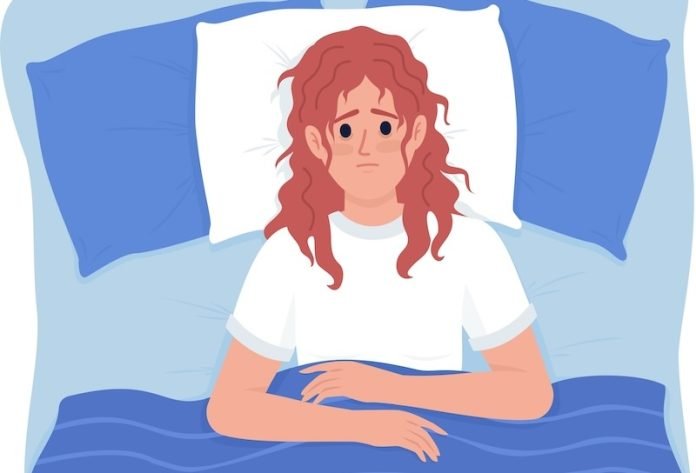
Obstructive sleep apnea (OSA) is a common sleep disorder that affects many people around the world. It causes breathing to repeatedly stop and start during sleep. For anyone looking to understand this condition better, it’s crucial to explore what research says about its causes.
At the heart of obstructive sleep apnea is the blockage of the airway during sleep. When someone with this condition tries to breathe in, the air can’t flow into the lungs because something is blocking the way.
This ‘something’ is usually the soft tissues in the back of the throat, like the tongue and soft palate, which relax and sag during sleep. This can cause loud snoring and a sudden jolt awake as the person tries to breathe.
So, what contributes to this blockage? Research points to several factors that might increase the risk or directly cause the airway obstruction:
- Physical Structure: Some people have naturally narrow airways, or enlarged tonsils or adenoids, which can make it easier for their airway to become blocked.
- Weight: Being overweight or obese is one of the most significant risk factors for OSA. Extra body weight, especially around the neck, can put pressure on the airway, making it more likely to collapse during sleep.
- Age: As people get older, the risk of developing sleep apnea increases. This is partly because muscle tone decreases with age, which can cause the throat muscles to relax more than they should during sleep.
- Gender: Men are generally more likely to have obstructive sleep apnea than women. Researchers believe this difference might be due to hormonal influences and differences in body fat distribution and airway shape.
- Family History: Genetics also play a role. If close family members have OSA, your own risk of developing it might be higher.
- Use of Alcohol and Sedatives: These substances can relax the muscles in the throat, increasing the risk of airway obstruction during sleep.
- Smoking: Smoking can increase inflammation and fluid retention in the upper airway, which can worsen or contribute to sleep apnea.
Research into obstructive sleep apnea also looks at the effects of lifestyle and health management on the condition.
For example, many studies show that weight loss in people who are overweight can significantly reduce the severity of OSA. Other lifestyle changes, like quitting smoking and reducing alcohol intake, are also beneficial.
Medical treatments and strategies for managing OSA often focus on keeping the airway open during sleep. Devices like CPAP (continuous positive airway pressure) machines are commonly used.
They work by pushing air into the throat to keep the airway open, allowing for normal breathing during sleep.
Recent advances in research have also led to the development of new types of surgeries and oral appliances that can help reduce airway obstruction. These options might be suitable for people who struggle with CPAP machines.
In conclusion, obstructive sleep apnea is a multifaceted condition with various contributing factors ranging from physical traits to lifestyle choices.
Understanding these can help in managing or even preventing this disruptive sleep disorder. Staying informed and seeking appropriate treatment can greatly improve quality of life for those affected by OSA.
If you care about sleep, please read studies about herb that could help you sleep well at night, and these drugs could lower severity of sleep apnea by one third.
If you care about sleep, please read studies about how to sleep to prevent Alzheimer’s disease, and this herb could help you sleep well at night.
Copyright © 2024 Knowridge Science Report. All rights reserved.



